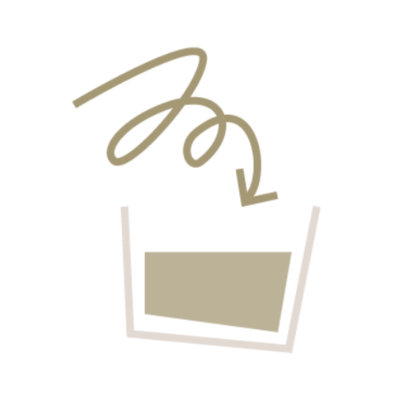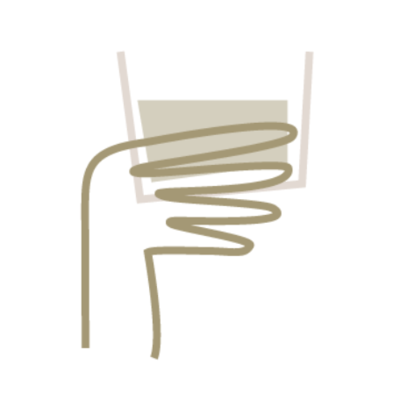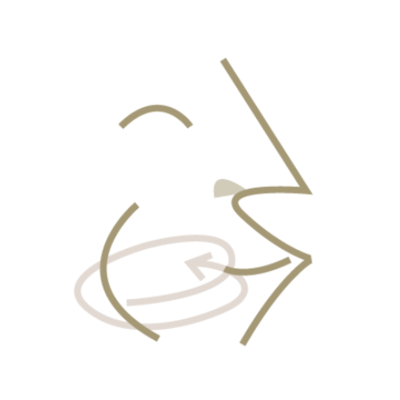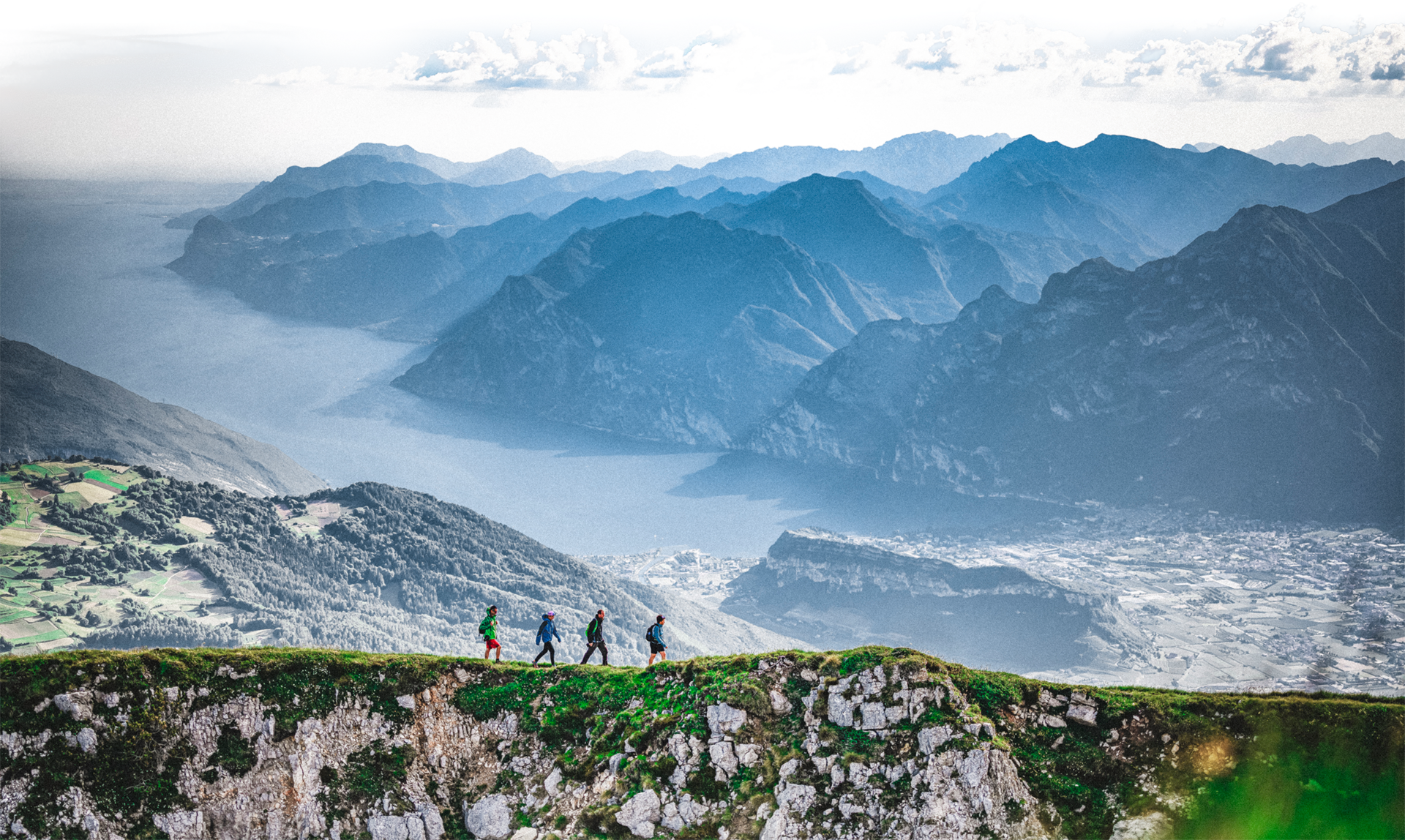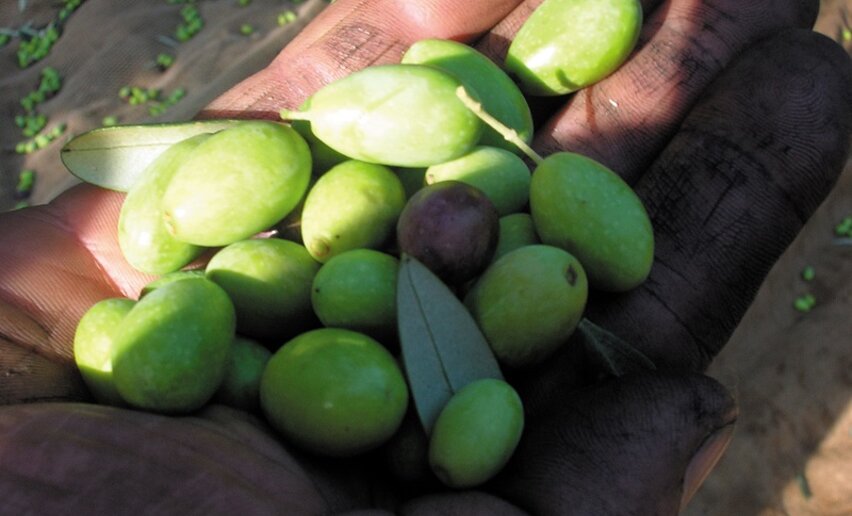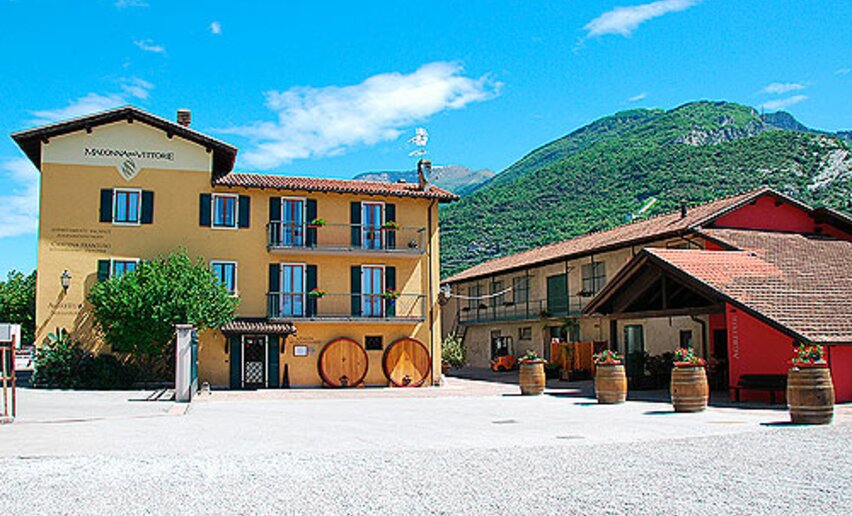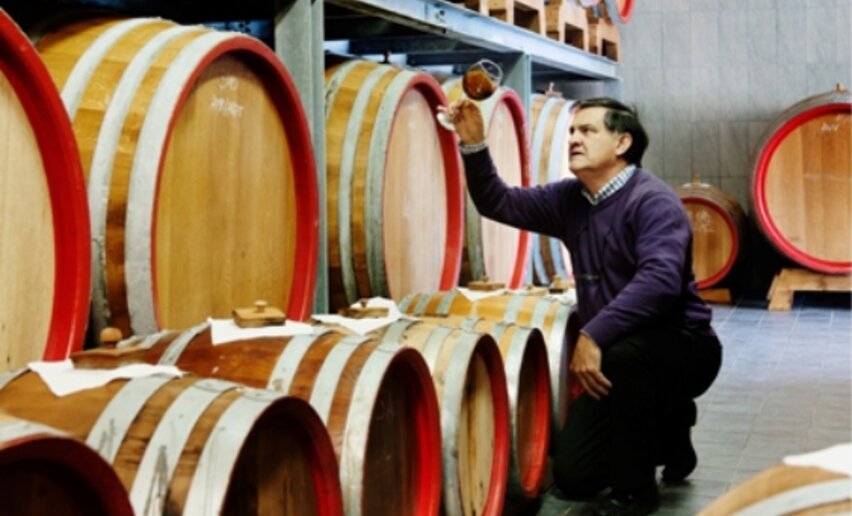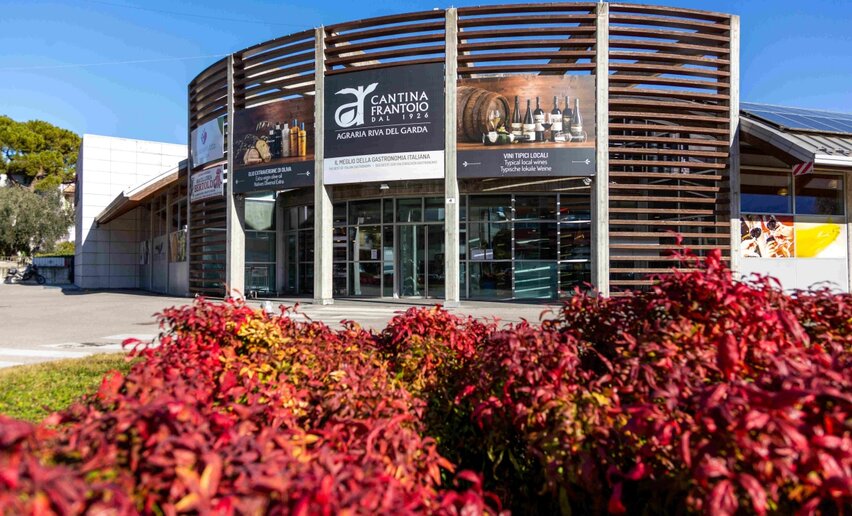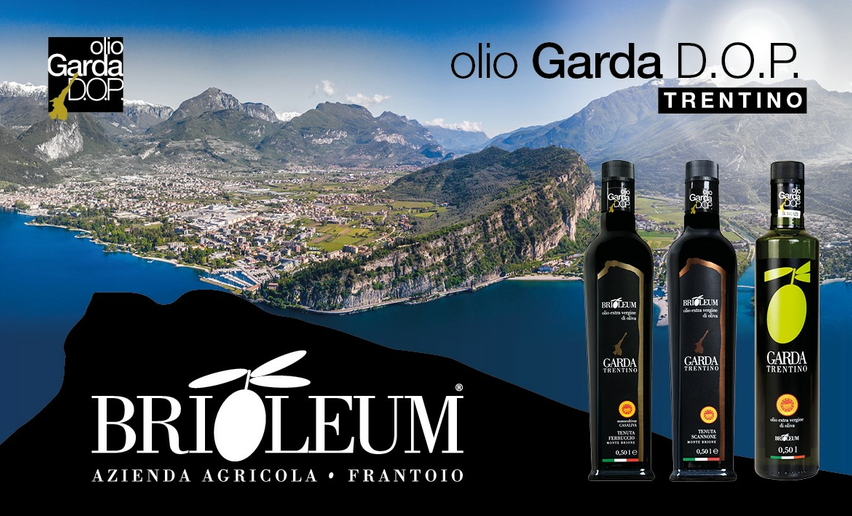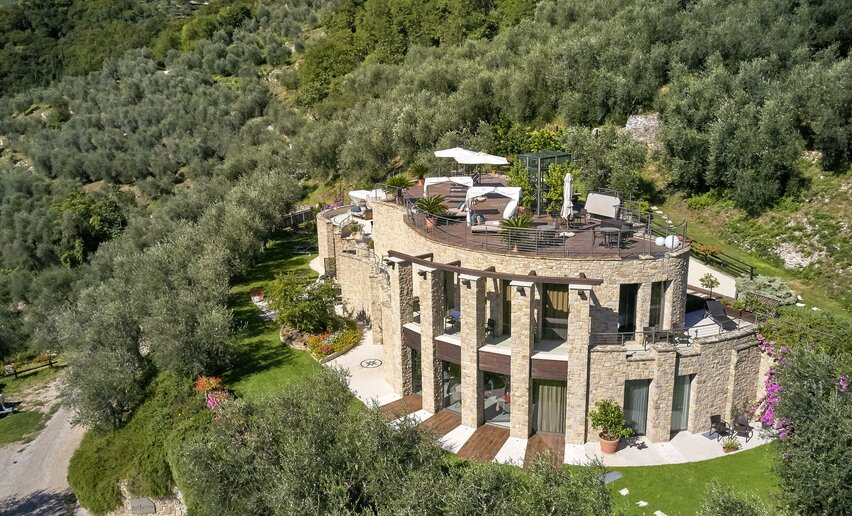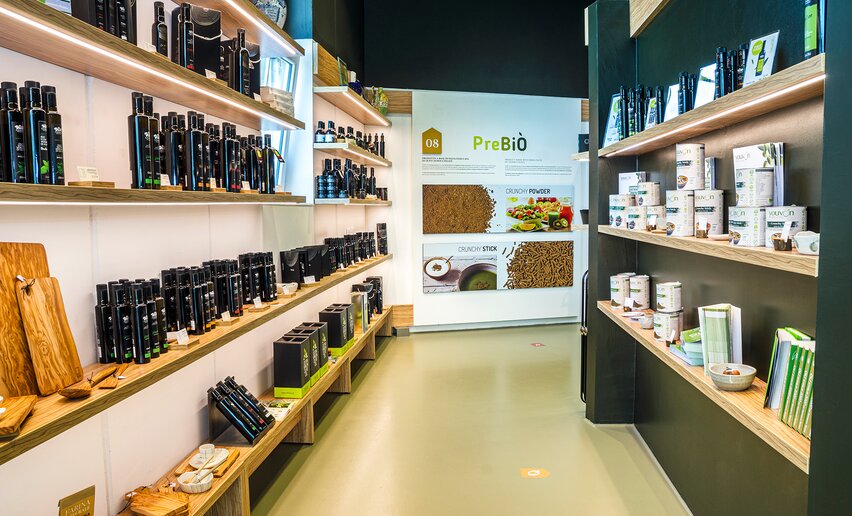
Garda Trentino is the world’s northernmost traditional olive-growing region, with extreme examples extending beyond the 46th parallel. This is all thanks to the influence of Lake Garda, which creates a Mediterranean microclimate in an Alpine context.
In over 2,000 years of history, this typically Mediterranean plant has become a symbol of the Garda region and an essential ingredient of the local gastronomy. Garda DOP Trentino extra virgin olive oil is one of just a few Italian extra virgin olive oils to meet the strict DOP quality criteria and each bottle contains a tradition that goes back millennia.
The express purpose of the oil guide is to help you to recognise high-quality extra virgin olive oil, to learn how to taste it in its purest form, to know how to pair it with menu items – and always to have something interesting to talk about at the dining table.
![]()
Only one species of olive tree, Olea europaea, is cultivated; there are nevertheless several olive varieties, called cultivars.
The native cultivar of Garda Trentino is the Casaliva, which has thrived in the area for centuries. Almost all cultivated plants in Garda Trentino are of the Casaliva variety.
Cultivars are distinguished by their shape, size, colour, sensory characteristics, ripening time, pest resistance and use (i.e. cooking or table oil).
This describes the aroma of the oil, which may be characterised by notes of green herbs, tomatoes or ripe fruit.
This indicates the bitter taste perceptible on the tongue, which may derive from polyphenolic compounds revealing a superior quality.
The classic burning sensation in the throat after the tasting denotes a higher quality and a richer polyphenol content.
A full-bodied oil has a thicker consistency and greater “weight” in the mouth.
A high quality oil tends to have a greater persistence of the sensations in the mouth after it has been tasted.
